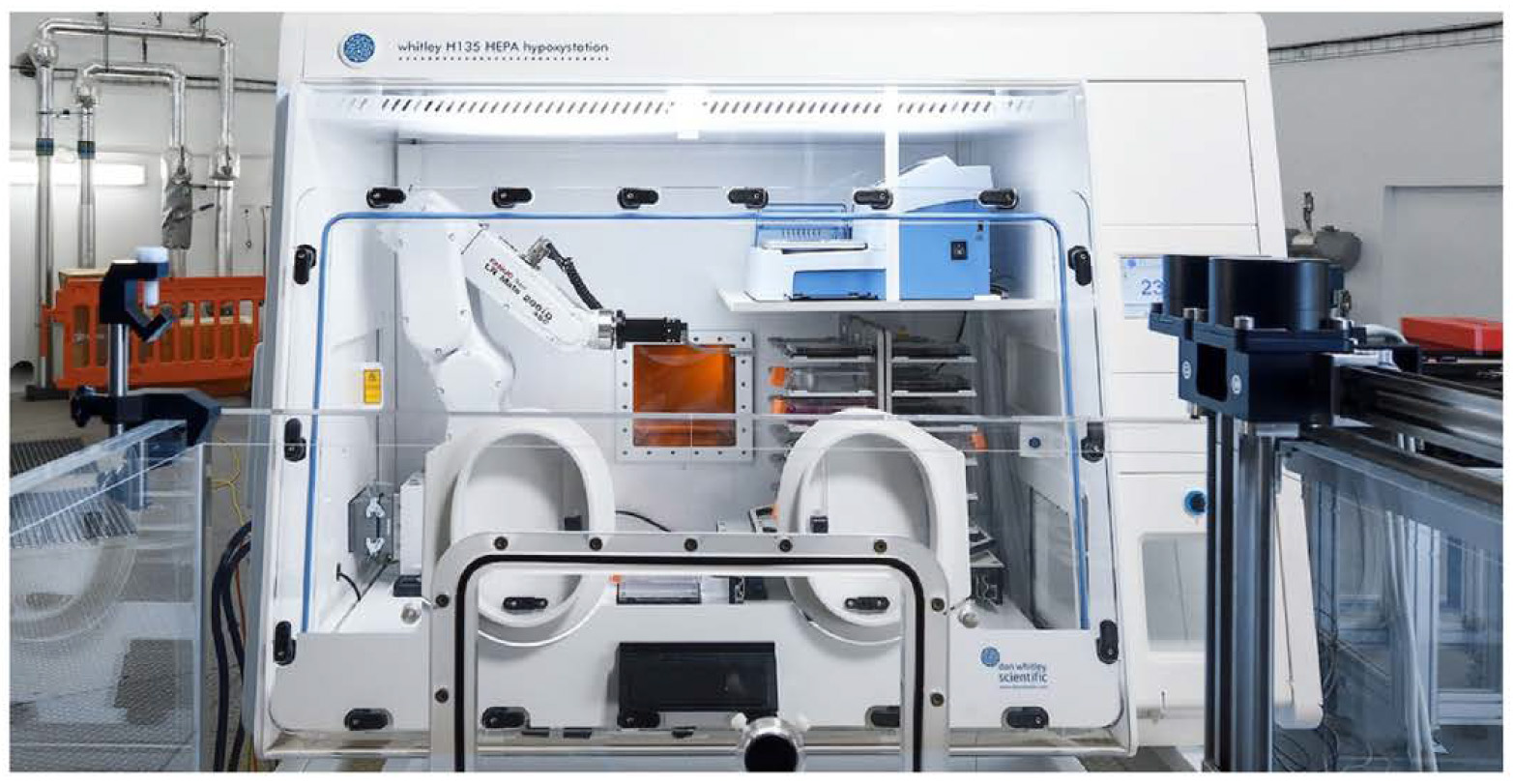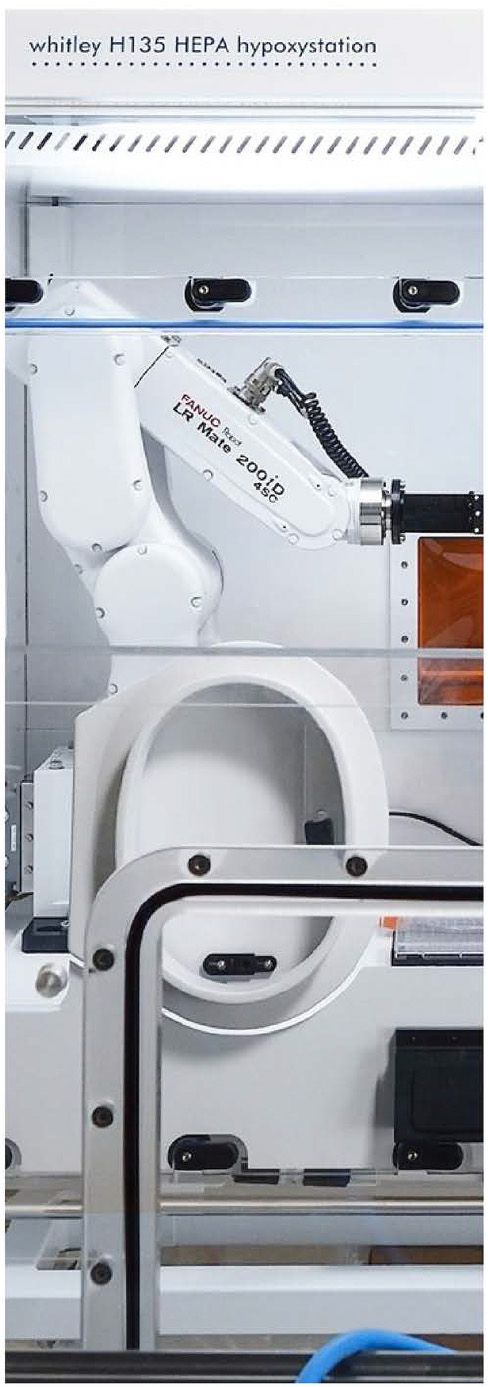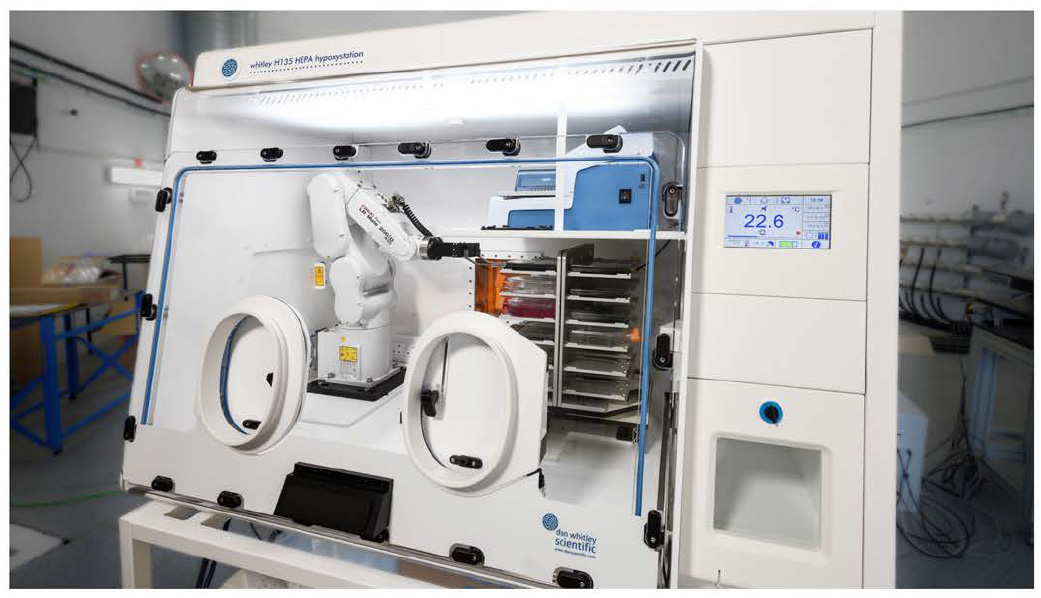Don Whitley Monthly Report
July 2024
Traditional radiation therapy comes at a cost of significant side effects, damaging healthy tissues surrounding the tumour. This collateral damage can lead to debilitating consequences for patients undergoing treatment, especially in young children.
Recognising the limitations of conventional treatments, NHS England funded by the Department of Health completed a £250,000,000 investment into the development of two high-energy proton beam therapy centres. These centres represent a paradigm shift in cancer research and treatment in the UK, offering more precise and targeted treatments for cancer patients whilst reducing damage to surrounding tissues.
Proton Beam Therapy (PBT) is an advanced form of radiotherapy using a high energy beam of protons, rather than high energy x-rays, to deliver radiotherapy. PBT directs the radiation treatment precisely to where it's needed, with less damage to surrounding tissue. The Proton Beam Therapy Centre at The Christie NHS Foundation Trust, was the the first of it's kind to be built.
At the forefront of this pioneering project, the PRECISE Group at the University of Manchester and The Christie NHS Foundation Trust committed to include a dedicated research room, empowering the PRECISE Group to model tumour cell populations and their response to proton and proton-flash radiation under hypoxia.

Investing in this infrastructure, the Proton Beam Therapy Centre at  The Christie NHS Foundation Trust is an invaluable site to cancer research. Unlocking new insights in proton radiation treatment strategies that improve clinical efficacy and patient outcomes.
The Christie NHS Foundation Trust is an invaluable site to cancer research. Unlocking new insights in proton radiation treatment strategies that improve clinical efficacy and patient outcomes.
To achieve this ambitious project, the PRECISE Group at the University of Manchester and The Christie NHS Foundation Trust worked closely with Don Whitley Scientific (DWS) to create the world's first Proton Radiobiology Modified Atmosphere Workstation with integrated robotic arm.
This world first project, funded by CRUK and The Christie Charity, required several key elements to ensure researchers could successfully study and model tumour cell population's response to proton radiation under hypoxia.
Project Requirements:
• 02 control between 0.1 - 20.0% in 0.1% increments
• CO2 control up to 15% in 0.1% increments
• Temperature maintained at 37°C for cell incubation
• Relative humidity up to 80%
• Robotic arm for process automation
• Proton beam entry and exit windows
• 'Hotel' for 36 T -flasks or well plate storage
• Automation for liquid handling
• High throughput of cell flask irradiation
• Cell wash and live imaging
The Proton Radiobiology Modified Atmosphere Workstation is a cumulation of DWS's engineering and scientific expertise and close collaboration with the PRECISE Group to deliver a truly innovative solution.
Contained in an 02, temperature and humidity-controlled environment, exists a racking system, which users pre-load with up to 36 samples contained in multi-well plates and/or tissue culture flasks. The workstation incorporates a precision, multi-axis industrial robot so samples can be taken from the racking system, subjected to the beam, and returned to the rack. This arrangement automates the process to achieve the highest number of possible experiments, under repeatable conditions in the shortest possible time, without human intervention.
The Automated Hypoxia Cabinet for Proton Irradiation, embodies a culmination of technological innovation:
• Precision Robotics: Equipped with a FANUC 6-axis robot arm, the cabinet ensures precise handling of samples, facilitating accurate experimentation.
• Proton Beam Compatibility: Featuring specialised entry and exit windows, the cabinet enables targeted proton irradiation of samples, mimicking clinical treatment conditions.
• High-Throughput Design: With capacity for 36 flasks or well plates, the cabinet maximizes experimental throughput, accelerating research progress.
• Automation and Versatility: Automated liquid handling capabilities, including cell fixing and washing, streamline experimental protocols, while compatibility with various cell culture vessels accommodates diverse research needs without human intervention.
• Hypoxic Environment Control: Maintaining cells at 37°C under hypoxic conditions replicates the tumour microenvironment, enabling precise modelling of treatment responses.
• Integrated Imaging: Built-in live imaging functionality provides researchers with realtime insights into cellular responses to proton irradiation, enhancing experimental observations.
Through the deployment of this state-of-the-art hypoxia cabinet, the PRECISE Group has unlocked new avenues for research into hypoxic tumour microenvironments and is optimising proton therapy treatments to improve the lives of cancer patients.
Dr Michael Taylor, Senior Lecturer in Proton Therapy Physics at The University of Manchester stated,
"We approached Don Whitley Scientific with a vision to create a unique, world-leading proton radiobiology end station for our research beam line. The Don Whitley team embraced that vision and worked with us to design, manufacture and support what is now a truly unique device that enables high-throughput proton radiobiology experiments to be conducted under hypoxic conditions. Don Whitley Scientific is a pleasure to work with; they take the time to listen and understand end users' requirements, offer solutions to problems that arise and go above and beyond to ensure customer satisfaction. We look forward to continuing our relationship with Don Whitley Scientific as we embark on an upgrade to the end station to enable onboard imaging."
